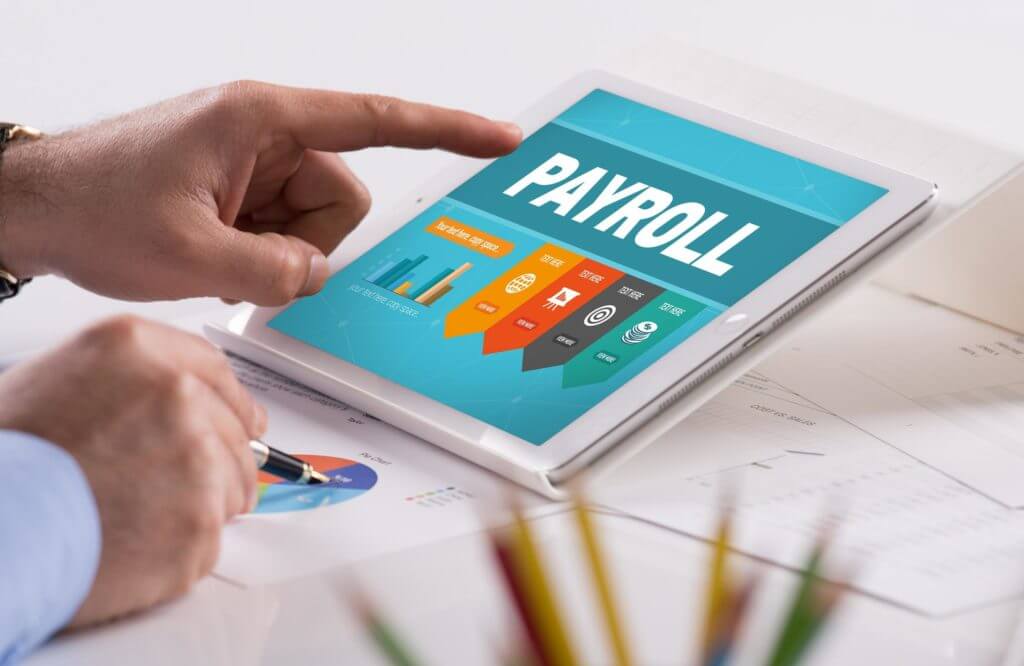From the perspective of an HR professional, besides scheduling an entire employee hiring process, selecting the right candidate for the defined role, and ensuring that the candidate will work for a long tenure, determining the payroll of each employee, keeping in mind their job and position, is quite challenging. Often, they must deal with chaos when payroll mismanagement occurs, which can also lead to significant employee turnover. Here, the payroll solution serves as a trump card. It not only streamlines the entire payroll disbursement process but also aligns with the employee management system and HRMS software, enabling employers to maintain an employee performance list, making it easier for HR to manage employee payroll.
Additionally, with the aid of automation and AI, the entire payroll management process is now performed automatically. So, let’s have a detailed overview of why the payroll system is essential in employee management, whether for start-ups or big MNCs.
What are the benefits of installing Payroll Software
Payroll software is a valuable tool that manages a company’s employee records and ensures a healthy balance in the employer-employee relationship. From automating state and central compliance, the payroll management system and related software become very effective in managing payroll calculations, handling increments, and automating employee bonuses based on employees’ performance and excellence in every fiscal year. You can define it as the dynamite of a company’s success. Let’s take a detailed look at how payroll software helps management streamline their entire business process.
Accurate Salary Calculations
Whether for a start-up or a big MNC, accurately calculating salaries using a spreadsheet can be quite hectic and takes an entire month as well. Besides, the manual payroll processing is prone to human errors, which can lead to employee dissatisfaction or compliance penalties. Payroll software automatically calculates salaries, overtime, deductions (like PF, ESI, and taxes), and bonuses with high precision, saving you from costly mistakes.
Save Time
Managing every employee’s monthly wages, generating payslips, filing statutory returns, handling increments and bonuses, and comparing employees’ salaries to their performance is time-consuming. Moreover, the repetitive task poses challenges for the HR department as well. Payroll management system and related software automate the mentioned tasks. Employers often fail to review their entire payroll practices in detail and instead focus on other administrative tasks.
Legal Compliance
Handling payroll-related labour laws, tax regulations, and maintaining statutory compliance, such as PF, TDS, ESI, and professional tax, while staying updated, is quite challenging for employers. The Payroll software ensures that the company is up-to-date with labour law policies and other employee management-related rules. Moreover, the automation features of the payroll system help employers stay informed about new regulations and policies related to employee management, ensuring that the business remains compliant and avoids penalties or audits.
Work Efficiency
Payroll software streamlines tedious payroll processing into an efficient and intelligent workflow. Instead of manually calculating the paycheck, it auto-calculates salaries, taxes, and deductions with precision, processing dozens of payments in minutes. The automation in payroll systems boosts accuracy and frees up valuable HR time for strategic tasks, such as talent acquisition, employee engagement, or benefits planning.
Reports and Analytics
Payroll software not only collects real-time employee data but also provides in-depth employee performance reports on salary summaries, tax deductions, leave encashments, and more by aligning with employee performance system and tracking software. These real-time updated insights help HR and finance departments make informed decisions, forecast payroll budgets, and track trends in workforce costs.
Cloud Access and Remote Processing
Payroll software with associated automation assistance allows cloud-based payroll support for the organization. Using cloud functionalities, employers can store salary data for future requirements. With modern cloud-based payroll guidance, HR teams can access payroll data anytime, from anywhere. The flexibility is especially valuable in a hybrid or remote work environment, ensuring that payroll is never delayed due to location or system dependency.
Data Security and Confidentiality
Payroll data is sensitive and essential. Therefore, maintaining robust security is critical when handling payroll. Advanced payroll systems create role-based access, encrypted data storage, and secure backup features, ensuring your company’s payroll information is protected from breaches or misuse.
Seamless Integration with Other Systems
Along with the payroll assistance, employers need other hr management software to accelerate HR growth and productivity. The software features integration capabilities that facilitate alignment with other HRMS-based solutions, including attendance systems, biometric devices, HRMS platforms, accounting tools, and banking portals. This eliminates data duplication, ensuring a seamless, end-to-end payroll experience.
Tip to integrate the Payroll Software
- Identify the integration goals, study the platforms thoroughly, and finalize the integration.
- Before integration, employers should set a budget and understand the types of Payroll software required.
- Evaluate software compatibility to ensure the payroll software is suitable for your work process.
- After integrating the software, classifying the system with the team members and colleagues is essential.
- Keep organizational policies clear and concise.
- Conduct feedback sessions to gather genuine responses after using the software.
Final Thought
Payroll software make a strategic move in companies’ growth and productivity. It ensures the employee retention as well. It’s excellence not only limited to salary disbursements, the software enhances accuracy, ensures legal compliance, saves time, and boosts employee satisfaction. By centralizing payroll, tax, attendance, and benefits in one seamless system, businesses reduce manual effort and minimize errors. Ultimately, it empowers HR to focus on growth and people—not paperwork.


